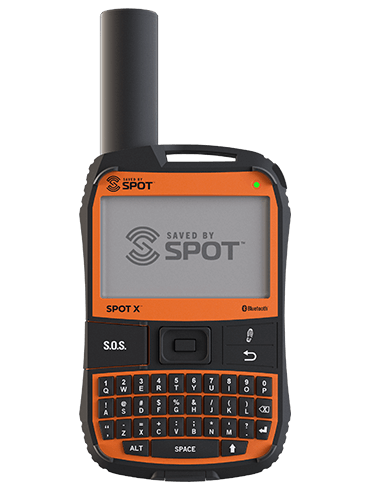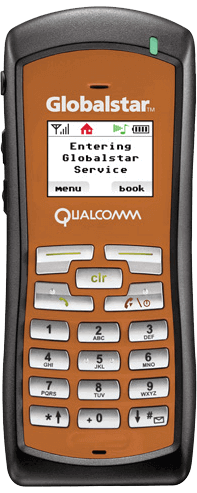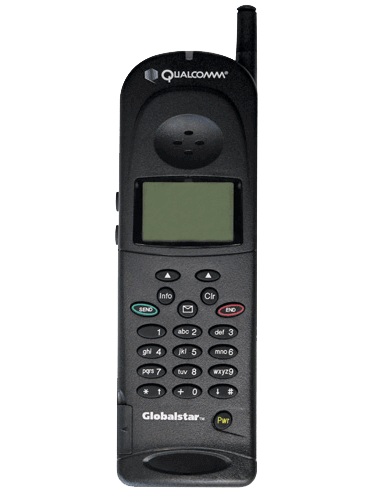Contingency Planning in Healthcare
Emergency Planning, Emergency Management, Disaster Recovery, Business Continuity and Business Contingency are interchangeable ways to describe how organizations prepare to handle disasters. In Healthcare, there are several steps necessary for disaster preparedness. Do you have backup communications as part of your emergency plan?
According to research data kept at the National Archives & Records Administration in Washington, DC, only 43% of businesses suffering a disaster ever recover sufficiently to resume business.
According to research data kept at the National Archives & Records Administration in Washington, DC, only 43% of businesses suffering a disaster ever recover sufficiently to resume business. Nowadays, most organizations are aware of the importance of minimizing the impact of a disaster and practice in some form of emergency planning and management. In Healthcare, it is even more imperative to prepare for and respond to the needs of victims of natural or man-made disasters, bioterrorism, and other health emergencies.
In fact, Hospitals are required to have an Emergency Operations Plan (EOP) which describes how a facility will respond to and recover from all hazards. It is inclusive of the six critical elements within the Joint Commission’s Emergency Management Standards:
- Communications
- Resources and assets
- Safety and security
- Staff responsibilities
- Utilities and clinical
- Support activities
With a network in space, satellite communications are not at the mercy of natural or man-made disasters, bioterrorism, and other health emergencies and will provide a means of voice and data communications when nothing else is available whether the plan involves in-facility or mobile communications.
Globalstar is a leading provider of mobile satellite voice and data services. With more than 20 years of experience, Globalstar is the first Mobile Satellite Services (MSS) provider to successfully develop and launch a second-generation constellation. Globalstar’s voice and data communication solutions were designed for total system reliability, with attributes that address the rigorous demands of the public and private sectors.
Some of the key elements of the Globalstar Solution are outlined below.
- The Globalstar network was designed with redundancy in the sky and on the ground with around-the-clock monitoring
- Simple outbound dialing and easy to reach inbound calls
- CDMA provides Mission Critical Voice Quality
- The most reliable space segment design based on a bent pipe architecture
- U.S. standards-based numbering system as a direct result of Globalstar’s gateway-based architecture
Globalstar Solutions include:
- Handheld and fixed telephones (akin to cellular and landline phones)
- Two-way (duplex) data modems
- GPS-enabled tracking devices
- Specialty broadband data terminals
- Other one-way based transmitters
To learn more about our solutions contact Claudia Smith at [email protected]
Resource 1
Resource 2
Resource 3
 SmartOne Solar
SmartOne Solar SmartOne C
SmartOne C ST100
ST100 STX3
STX3 STX3 Dev Kit
STX3 Dev Kit SPOT X
SPOT X SPOT Gen4
SPOT Gen4 SPOT Trace
SPOT Trace

